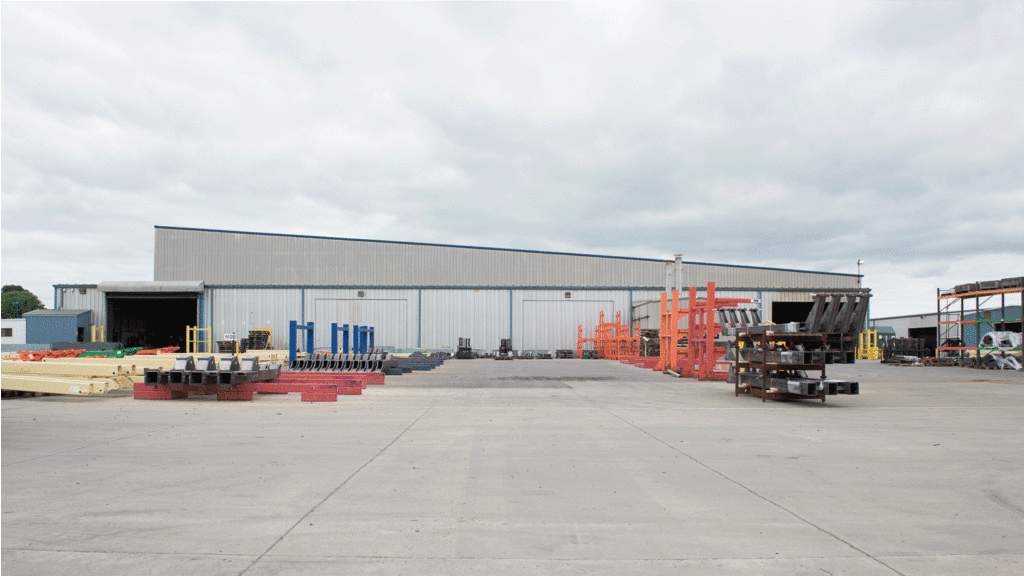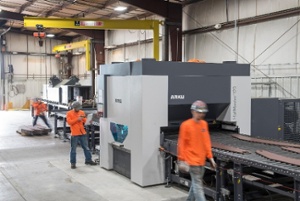
How Your Fabrication Partner Can Add Value to R&D
July 16, 2018
OEMs face no shortage of challenges when it comes to executing their research and development (R&D) projects on time and under budget. To make matters worse the pace of innovation is only speeding up, be it through new production techniques, materials, or the seemingly unstoppable creep of technology into every corner of life.
When it comes to innovation, OEMs can achieve breakthroughs by leveraging the capabilities of their fabricators. While this requires a shift in approach – from the project to the entire system – learning from one R&D endeavor can easily be applied to other parts of the supply chain, even across organizations.
How can fabricators add value to your R&D manufacturing? Read on.
 Most fabrication partners are operating in the dark when it comes to knowing what is in the development pipelines of the OEMs they are working with. Sure, they might get involved when the time comes for rapid prototyping, cost estimation, or even short production runs. But in most cases, these are ancillary efforts to the broader mission of releasing a new product.
Most fabrication partners are operating in the dark when it comes to knowing what is in the development pipelines of the OEMs they are working with. Sure, they might get involved when the time comes for rapid prototyping, cost estimation, or even short production runs. But in most cases, these are ancillary efforts to the broader mission of releasing a new product.
In addition, many supply chain managers have little day-to-day contact with the design and engineering departments in their own organizations. For many, this is how things have always been done.
The result is a series of disconnects which can overburden everyone involved (muri in leanspeak) while adding cost and delays. Even though this is obviously suboptimal, few organizations do anything about it.
As such, most partners continue to struggle within the constraints of the broader value chain, while the managers tasked with making sense of the chaos are happy when they reach a 95% on-time, full line item delivery rate, or any number of metrics used to determine the supply chain efficiency.
In this context, breaking through requires bringing key stakeholders to the table – for example, the design engineers, production engineers, and supply chain managers required to make the new product a success. Doing so requires reaching beyond organizational boundaries to get the input from every partner responsible for cost and quality.

The reason is simple. Many product design projects focus on the finished product in the abstract – either through CAD or small production runs. However, CAD or small production runs can deliver a product that is not scalable.
You’ve probably been through this before. A great new product, one that is supposed to revolutionize the market, turns out to be a nightmare in production and something even worse when it gets into the hands of customers.
This is far from ideal. If we really want to achieve a zero-defect ecosystem, then we need to start by defect-proofing product development by integrating the key people in the chain.
Remember the approach should not be adversarial. Designers do something that most people could never do – they give form to ideas. However, they might not realize the limitations of a certain production process or a material, and many design tools tend to mask the impact of a tolerance stack up.
Beyond this, engaging your production partners early in the design process is a way for them to share some of the developments they are working on – be it improved processes, education from other programs, or expanded capabilities.
An example could be a machine that few competitors in the US have, like the ARKU FlatMaster® 120, which can level materials from .12″ to 1.375″ thick, 78.7″ wide and 20′ long. An expanded fabrication capability like this might bring a new product idea to life.

What can you do to make it a reality?
- Realize Adding Value Starts by Being Open Minded: This extends beyond internal teams to your production partners, as it does little good to integrate your product development processes if the parties are unwilling to use it as an opportunity to improve.
- Standardize: While design professionals might cringe at the thought of it, modularity gained through standardization can help to shorten lead times and cut manufacturing engineering costs. A good start is the utilization of a Product Lifecycle Management (PLM) tool. Just remember not to assume because you have a hammer that every problem is a nail. PLM is just a tool and there is a time and a place for its use.
- Pick Your Partners: Not every supplier is a suitable candidate for every project. Depending on the requirements, there may even be times when you will need to onboard a new fabrication partner.
Remember, pick your partners with a goal in mind. Even when two partners share the same capability set, one might be slightly stronger – or maybe you want to diversify your supply base to mitigate risk. Either way, work to align the process requirements to the strengths of your partners.